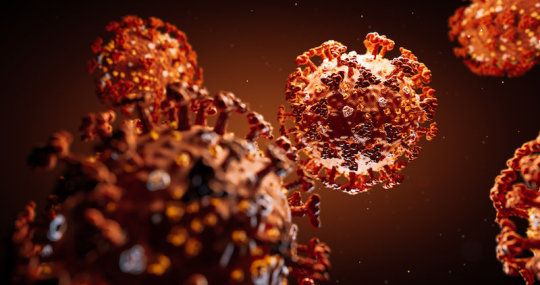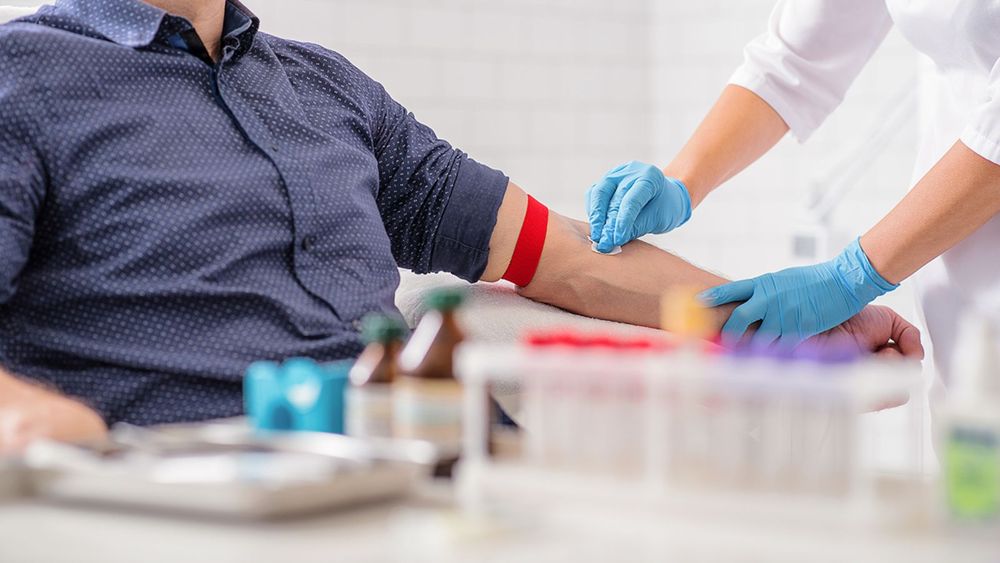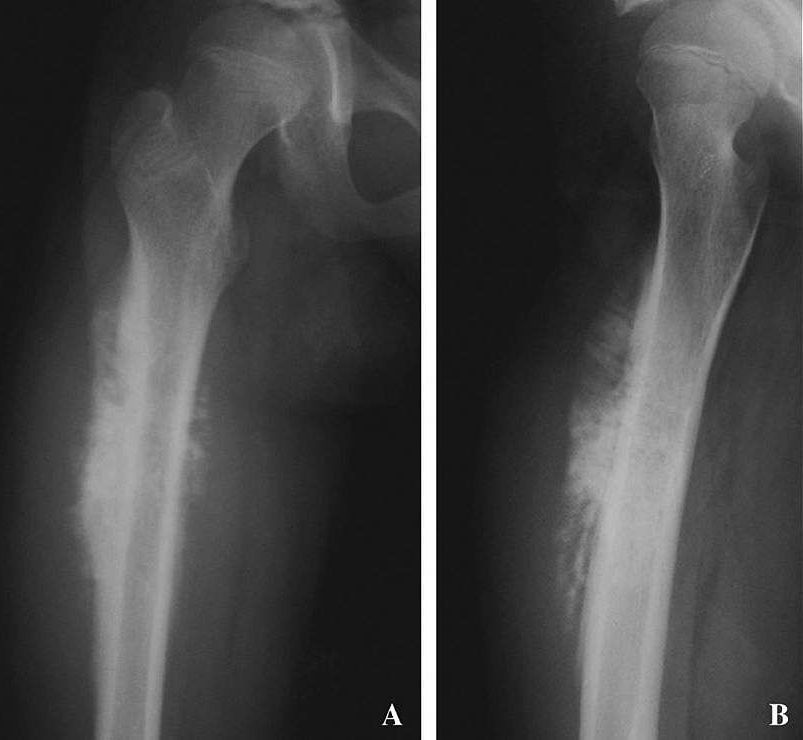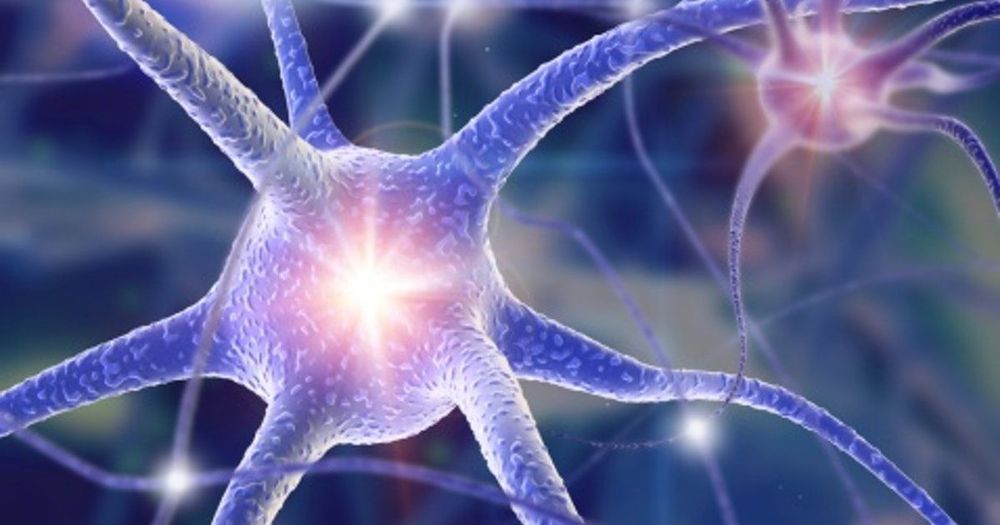Known as an ion-gated transistor (IGT), the new class of technology effectively melds electronics with molecules of human skin.
But wait, you no longer need any of those, since you recently got one of the new biomed implants — a device that integrates seamlessly with body tissues, because of a watershed breakthrough that happened in the early 2020s. It’s an improved biological transistor driven by electrically charged particles that move in and out of your own cells. Like insulin pumps and cardiac pacemakers, the medical implants of the future will go where they are needed, on or inside the body.
Scientists at @Columbia built a new ion-driven transistor that can safely interact with human skin. What does this mean for the future of #medical #bioelectronics? Find out via @PhysicsWorld: https://bddy.me/2YsvJ0g #wearabletech #healthIT pic.twitter.com/qj3LX3Dqfx
— Lam Research (@LamResearch) March 26, 2019





